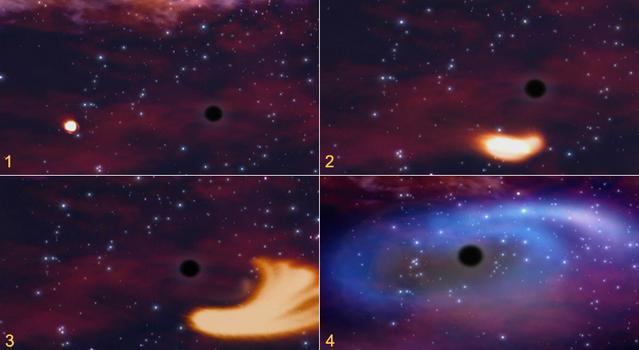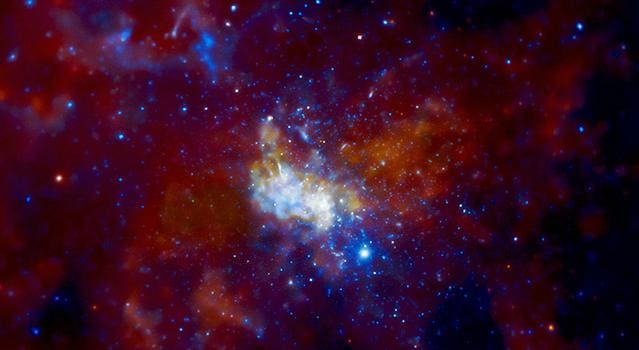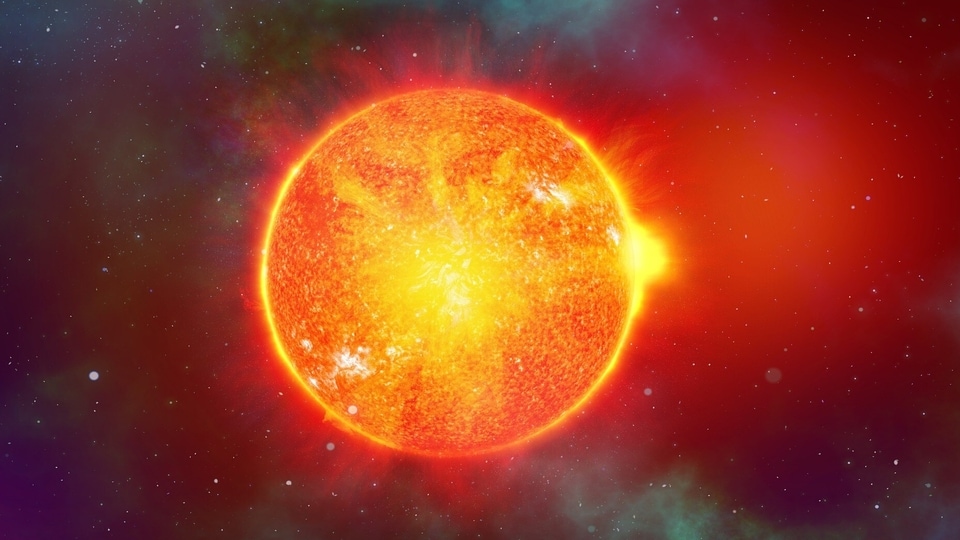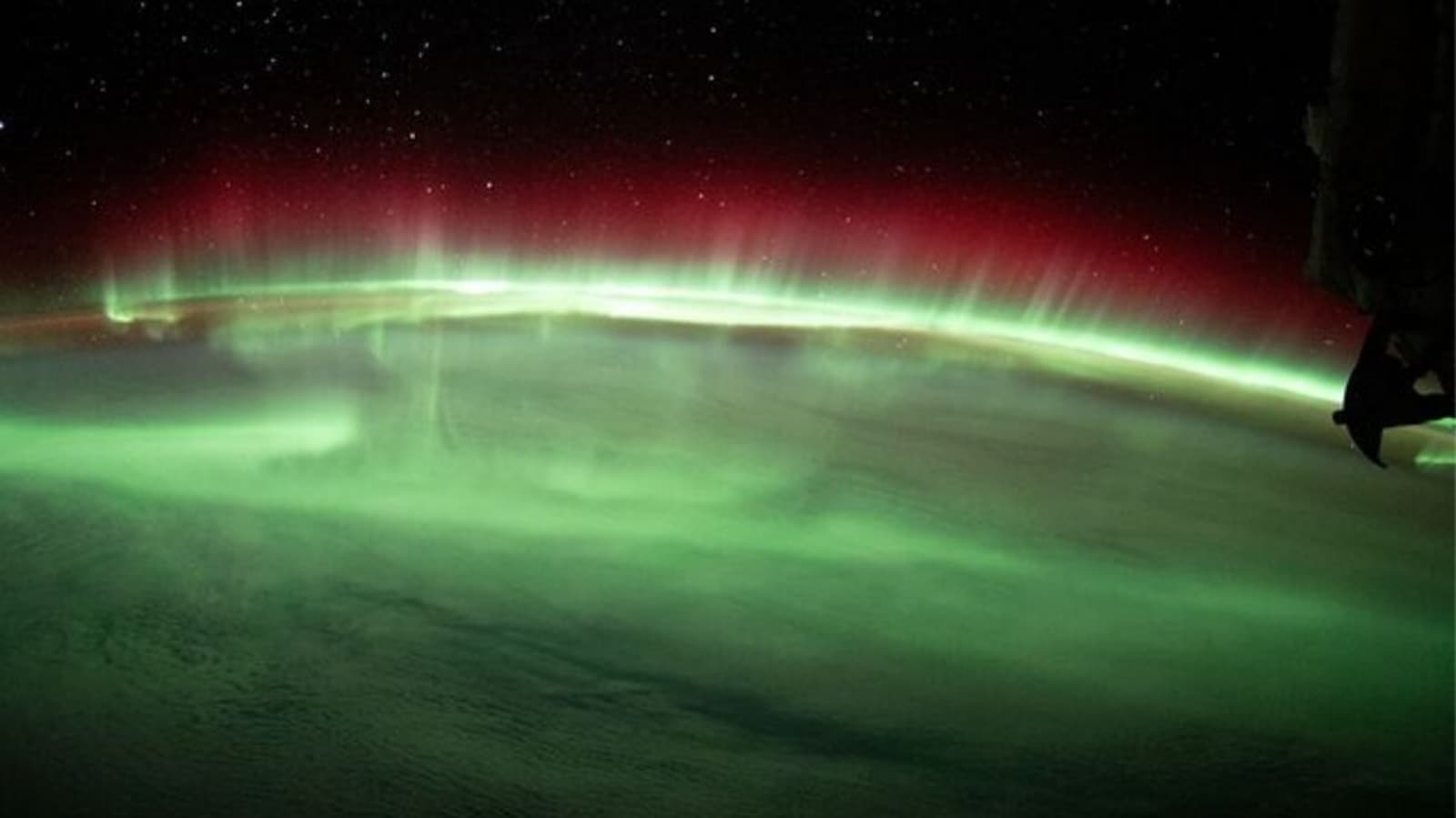Solar storms spin-off! NASA shares breathtaking Aurora pictures above the Indian Ocean
NASA has shared a spectacular view of auroras spreading over the Earth caused by solar storms. Have a look.






 View all Images
View all ImagesSolar storms can pose a great threat to Earth! The horrific Carrington Event in 1859 is one of the biggest examples of what Solar storms are capable of doing. From power, and satellites to radio communication, everything can be in danger. However, there is always a bright side too, and in this case, it is the fascinating light show at the poles. And NASA is making sure to deliver every possible view from space. This time, the space agency shared the latest images taken from the International Space Station of the southern lights or Aurora Australis above the Indian Ocean near Antarctica. Bob Hines, a pilot currently on the ISS, managed to take the picture of auroras seen on Earth.
This comes a few weeks after the images taken by the James Webb Space Telescope of Jupiter and last month's stunning shots of the Carina Nebula and Southern Ring Nebula. In the image posted by NASA on its Instagram page shows the vibrant displays of light around Earth's North and South Poles that are caused by the interaction of solar particles spewed by the Sun and our planet's protective magnetic field that helps to give birth to these dancing lights. Mostly, these interactions are relatively limited and go unnoticed by us on Earth.
NASA says that once the solar particles are in the atmosphere, these energized particles collide with atmospheric gases to shoot off these auroras. How do those red and green hues emerge? Simply because of the collision of solar particles particularly with atmospheric oxygen. While blue and purple hues are the result of the interaction of solar particles with nitrogen in our atmosphere.
Do auroras only appear on Earth?
This may be surprising to many, but Earth isn't the only planet to have auroras! NASA explained that if a planet has an atmosphere and magnetic field, they likely have auroras. This was the case with our solar system neighbour Jupiter, which showed off its beautiful auroras recently.
Catch all the Latest Tech News, Mobile News, Laptop News, Gaming news, Wearables News , How To News, also keep up with us on Whatsapp channel,Twitter, Facebook, Google News, and Instagram. For our latest videos, subscribe to our YouTube channel.





























